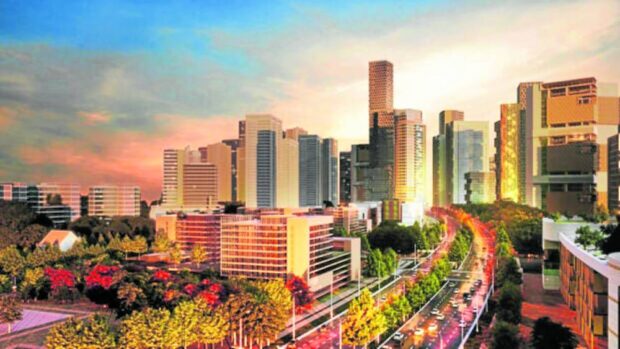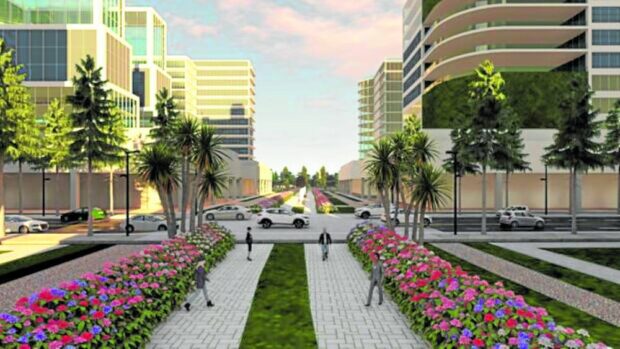From property roadblocks to clear paths

Property firms are now developing office buildings alongside residential towers, malls, hotels, hospitals, and other institutional facilities.
(First of two parts)
Over the past few decades, Colliers has seen how property firms have successfully turned obstacles around. From massive infrastructure underspending to lack of masterplanning to the dearth of developable land in Metro Manila, property firms have successfully found creative and innovative solutions to these roadblocks and are now enjoying the fruits of their bold moves.
This two-part piece looks at some of these difficulties: how developers found the right solutions to these gargantuan challenges; and how developers cashed in on first-mover advantage. This two-part column also explores how existing opportunities can further be tweaked and how developers can further maximize opportunities in the property sector in the decades to come.
Solving the massive infrastructure underspending
Infrastructure is one of the major drivers of land value and property price appreciation. However, there was massive underspending in previous administrations, rendering the Philippines as an unattractive investment spot in Asia.
At one point, the Philippines was spending only about 2 to 3 percent of its GDP on infrastructure, much lower than the ideal 5 to 6 percent. As a result, the Philippines lagged behind its Asian peers in global competitiveness surveys. We were not on the radar of foreign investors.
Article continues after this advertisementThe good news is that the government has started to ramp up infrastructure spending. This started during the Duterte administration and continued under the current Marcos administration which has committed to bolster infrastructure implementation across the country.
Article continues after this advertisementThe completion of key infrastructure projects nationwide has provided access to properties that can be redeveloped into mixed commercial, residential, hotel/leisure and industrial estates. These projects also helped the government bring economic opportunities to areas outside the country’s capital.
Due to road projects, for instance, business opportunities have spilled over to nearby areas such as Cavite, Laguna, Batangas, Tarlac, Bulacan, and Pampanga. Right now we are already seeing developers landbanking in Bicol and major property firms are in the race to secure the first mover advantage. We expect more firms to follow suit.
There’s no doubt that the Philippine government is spending more on infrastructure. As a result, we now see more Philippine developers expanding their footprint across the country. In fact, due to this accelerated public infrastructure spending, we are starting to see great interest from foreign developers planning to enter the competitive Philippine property landscape. Some are even actively looking for Filipino firms to partner with.
Circumventing the lack of proper masterplanning
Tied to accelerated public infrastructure spending is the aggressive development of masterplanned satellite communities.
National developers have been very active in building integrated or masterplanned communities within Metro Manila. This is the private developers’ response to the lack of proper masterplanning in the capital region for several decades. We now see property firms developing office buildings alongside residential towers, malls, hotels, hospitals, and other institutional facilities.
Outside of the capital region, Colliers expects developers to continue pursuing satellite communities given the proposed airport development and modernization projects.
These integrated communities offer a better value proposition than standalone projects since they offer mixed-use developments. We believe that this feature makes integrated townships a more attractive option for investors.
More BPO tenants will also gravitate toward integrated communities as they offer a better living and working environment. As I highlighted in my previous articles, it is also crucial for residential towers to be located within integrated communities as this accelerates the projects’ potential for capital appreciation and raises the residential units’ rental prospects. (To be continued) Property firms are now developing office buildings alongside residential towers, malls, hotels, hospitals, and other institutional facilities. It is crucial for residential towers to be located within integrated communities as this accelerates the projects’ potential for capital appreciation and raises the residential units’ rental prospects Developers have been very active in building masterplanned communities within Metro Manila.
